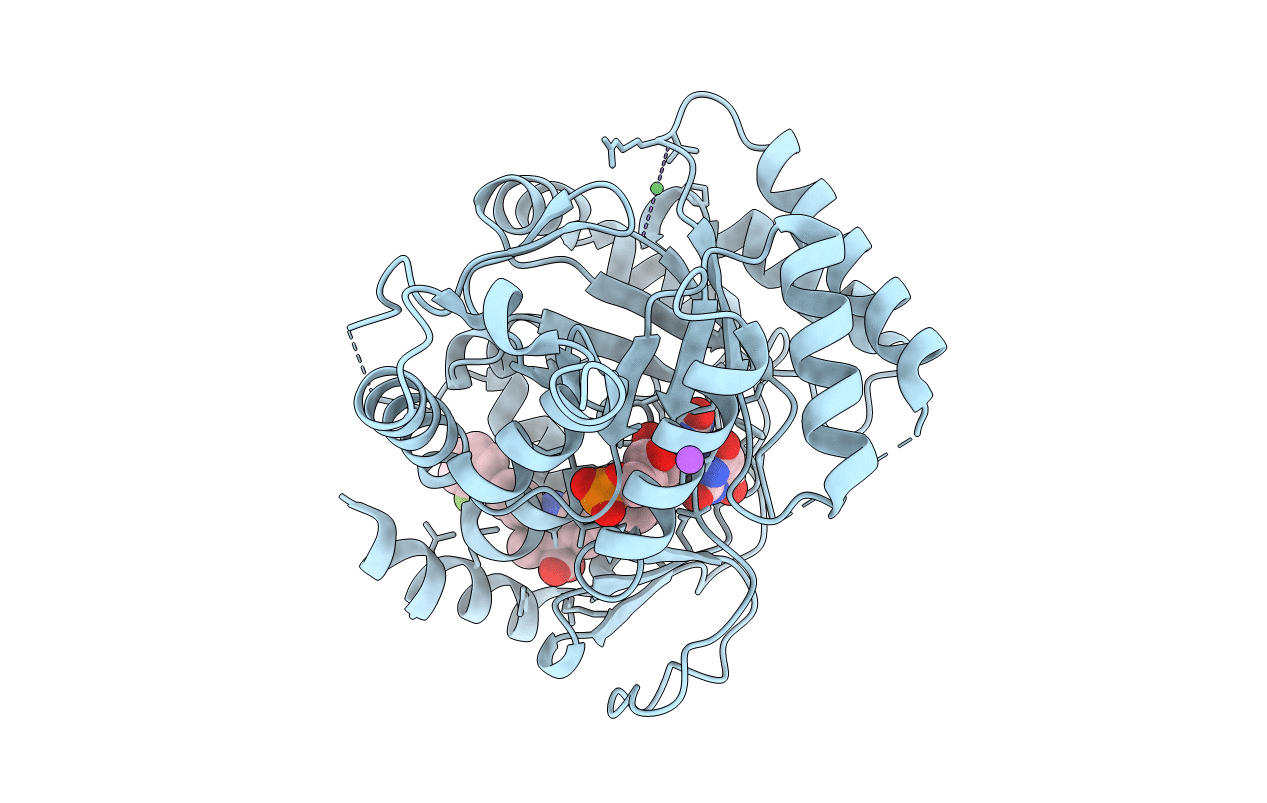
Deposition Date
2004-01-08
Release Date
2004-04-01
Last Version Date
2024-05-08
Entry Detail
PDB ID:
1UUO
Keywords:
Title:
Rat dihydroorotate dehydrogenase (DHOD)in complex with brequinar
Biological Source:
Source Organism:
RATTUS RATTUS (Taxon ID: 10117)
Host Organism:
Method Details:
Experimental Method:
Resolution:
2.44 Å
R-Value Free:
0.26
R-Value Work:
0.21
R-Value Observed:
0.21
Space Group:
C 2 2 21


